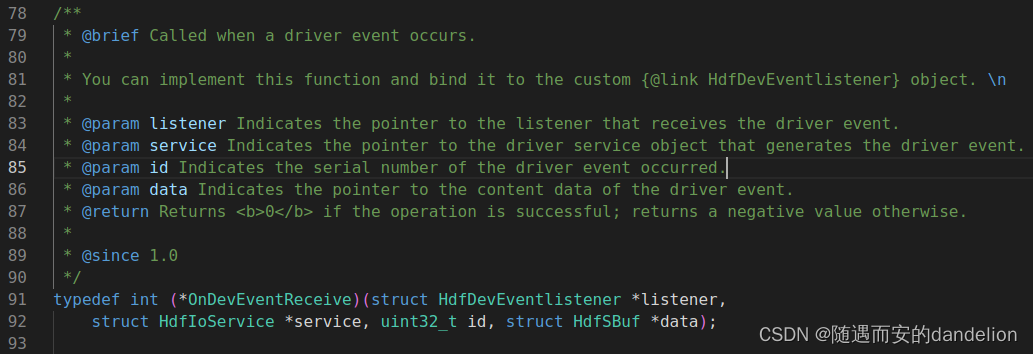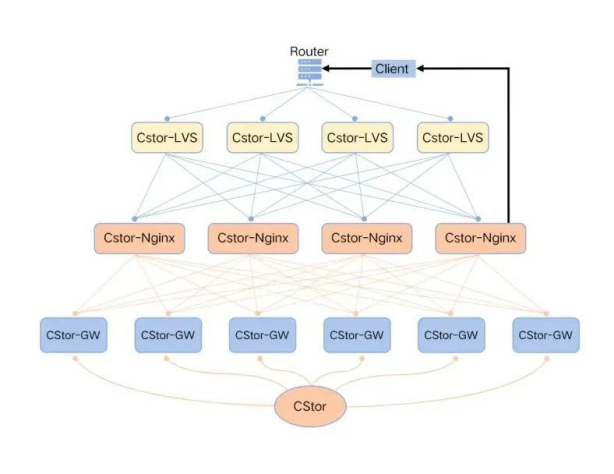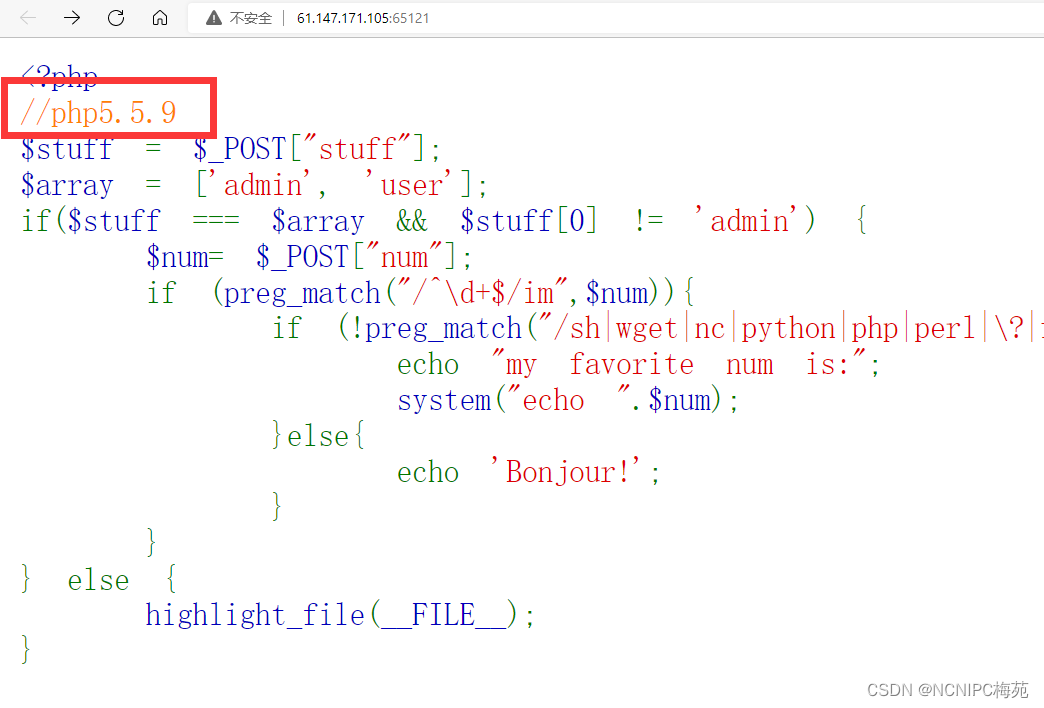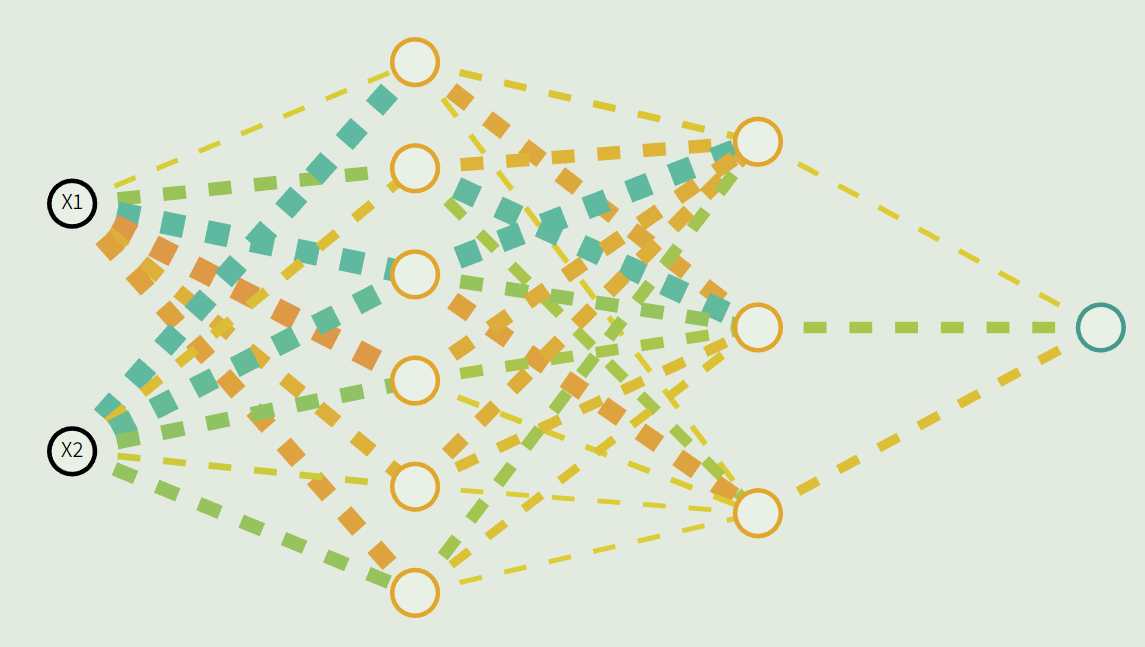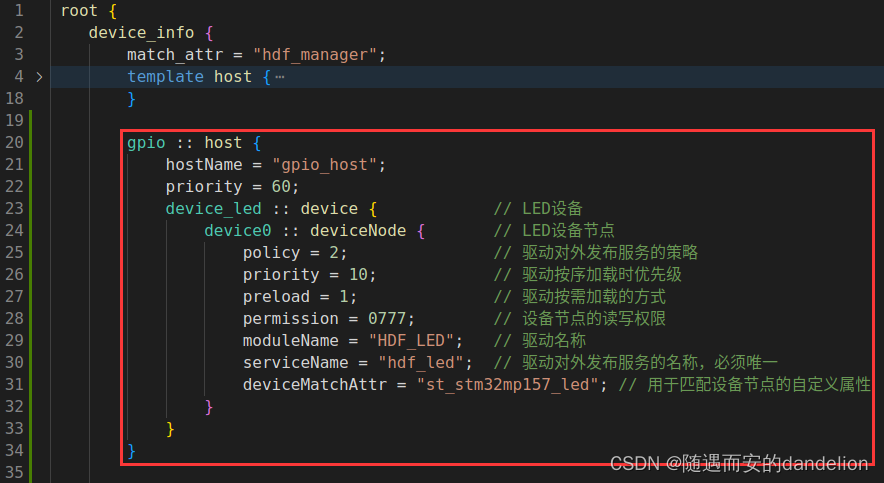当前位置:网站首页>指针常量和常量指针概述
指针常量和常量指针概述
2022-08-02 17:57:00 【liebecl】
const
const是constant的简写,只要一个变量前面用const来修饰,就意味着该变量里的数据可以被访问,不能被修改。也就是说const意味着“只读”。任何修改该变量的尝试都会导致编译错误。const是通过编译器在编译的时候执行检查来确保实现的(也就是说const类型的变量不能改是编译错误,不是运行时错误。)所以我们只要想办法骗过编译器,就可以修改const定义的常量,而运行时不会报错。
规则:
const离谁近,谁就不能被修改;
因为常量在定义以后就不能被修改,所以使用const定义变量时必须初始化。
const point
声明指针时,可以在类型前或后使用关键字const,也可在两个位置都使用。三种定义形式如下:
Pointer to constant
const int *ptr;
int const *ptr;
Constant pointer to variable
int *const ptr;
constant pointer to constant
const int *const ptr;
各个含义如下:
- const int * pOne;
You cannot change the value pointed by ptr, but you can change the pointer itself. - int * const pTwo;
You cannot change the pointer p, but can change the value pointed by ptr. - const int *const pThree;
You can neither change the value pointed by ptr nor the pointer ptr.
重点理解
指针和 const 谁在前先读谁 ;
*象征着地址,const象征着内容;
谁在前面谁就不允许改变。
例如:
int const *p1 = &b; //const 在前,定义为常量指针
int *const p2 = &c; // *在前,定义为指针常量
常量指针是指指向常量的指针,顾名思义,就是指针指向的是常量,即,它不能指向变量,它指向的内容不能被改变,不能通过指针来修改它指向的内容,但是指针自身不是常量,它自身的值可以改变,从而指向另一个常量。
指针常量是指指针本身是常量。它指向的地址是不可改变的,但地址里的内容可以通过指针改变。它指向的地址将伴其一生,直到生命周期结束。有一点需要注意的是,指针常量在定义时必须同时赋初值。
示例
常量指针
指向常量的指针,指针的地址可以变,指针指向的内容不能变。
#改变指针b指向地址的内容
int main()
{
int a = 2;
int const *b = &a;
*b = 3; //报错:b是常量指针,指向的内容不能变
printf("albert:%d\n",a);
}
#改变指针b的指向
int main()
{
int a = 2;
int b = 3;
int const *c = &a;
printf("albert:%p\n", c);
c = &b;
printf("albert:%p\n",c);
}
指针常量
指针是一个常量,指针的地址不能变,指向的内容可以变。
int main()
{
int a = 2;
int b = 3;
int *const c = &a;
printf("albert:%p\n", c);
c = &b; //报错:指针常量,指针的地址不能变
printf("albert:%p\n",c);
}
int main()
{
int a = 2;
int b = 3;
int *const c = &a;
*c = 4;
printf("albert:%d\n",*c); //4
}
————
2022/08/02
家中
边栏推荐
猜你喜欢
随机推荐
力扣 622. 设计循环队列
如何减轻企业账户被劫持的攻击?
golang刷leetcode 经典(6) 实现跳表
注释
一朵“云“如何带来产业新变革
什么是会话劫持以及如何阻止它
golang刷leetcode 经典(4) 实现跳表
魔豹联盟:佛萨奇2.0dapp系统开发模式详情
来亲自手搭一个ResNet18网络
shell中awk命令的if条件语句引入外置变量
Win11主题下载一直转圈怎么办?Win11主题下载一直转圈的解决方法
透过案例看清API接口的作用——演示1688商品详情接口
MySQL基本语法
C# 术语
STL案例-招聘新员工
HDF驱动框架的API(2)
LeetCode 2353. 设计食物评分系统(sortedcontainers)
我的递归从不爆栈
What skills are the most practical for college students in communications?
golang刷leetcode 经典(5)设计哈希集合


